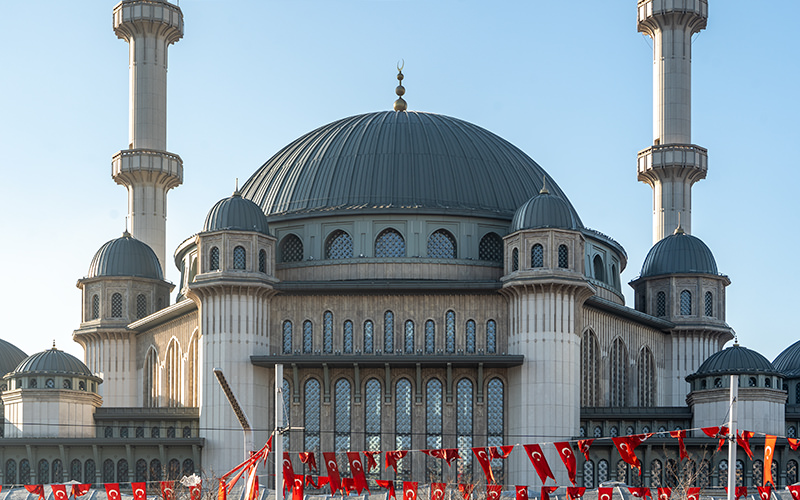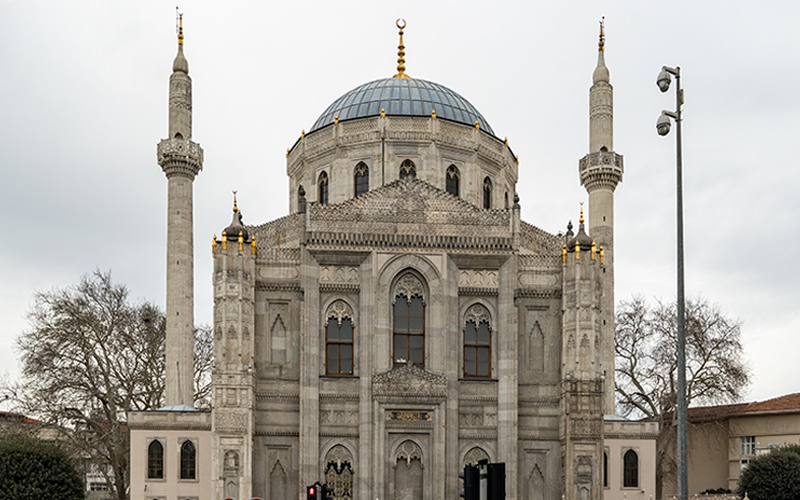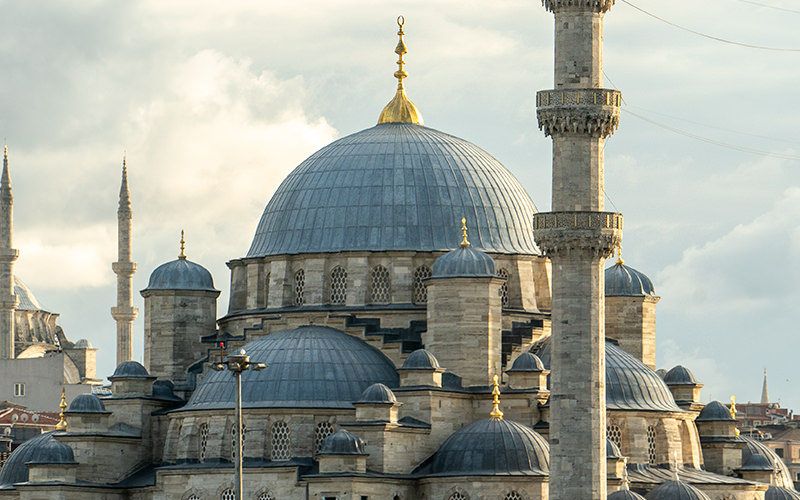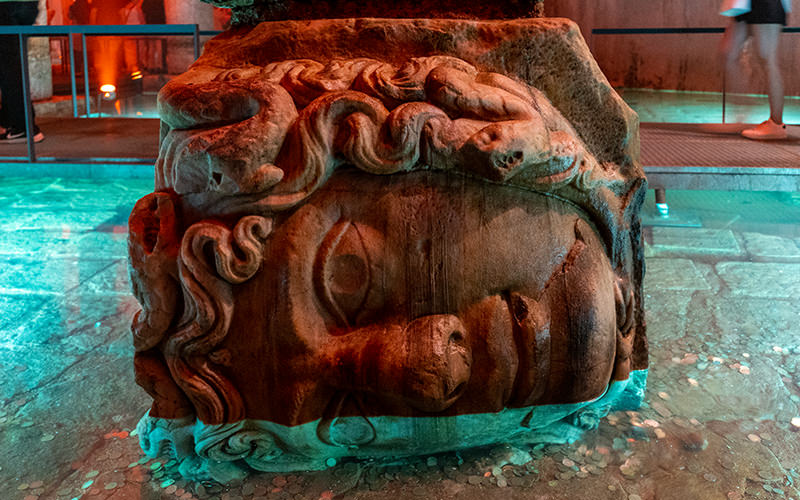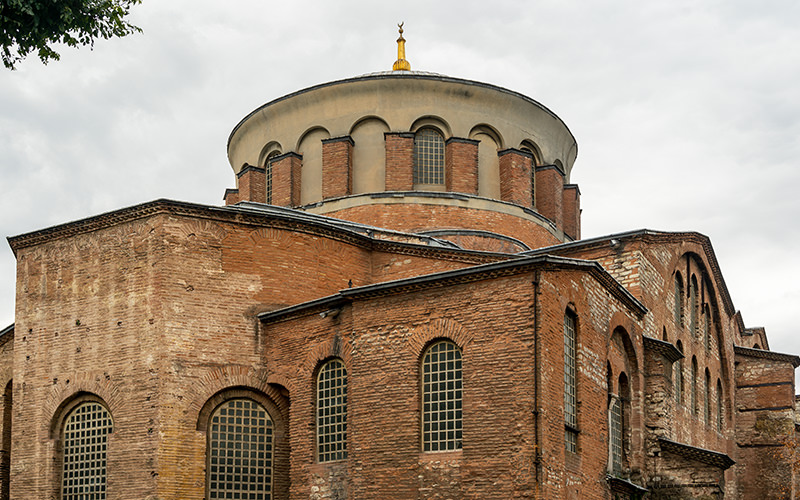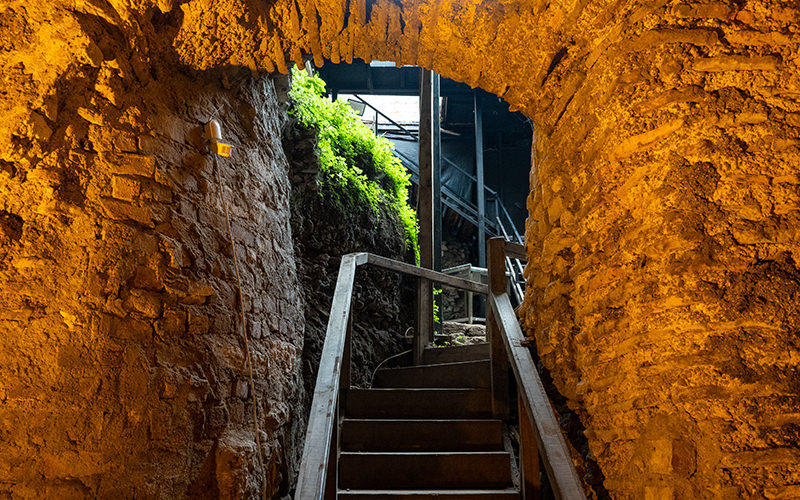Four years ago, I went on a trip to beautiful Istanbul. One of the first sights I visited that time was stunning Hagia Sophia, also called Church of the Holy Wisdom or Church of the Divine Wisdom. In the recent years status of the famous building has changed: if earlier it worked as museum, now the complex is reopened as a mosque. I invite you for a virtual walk through its interiors.
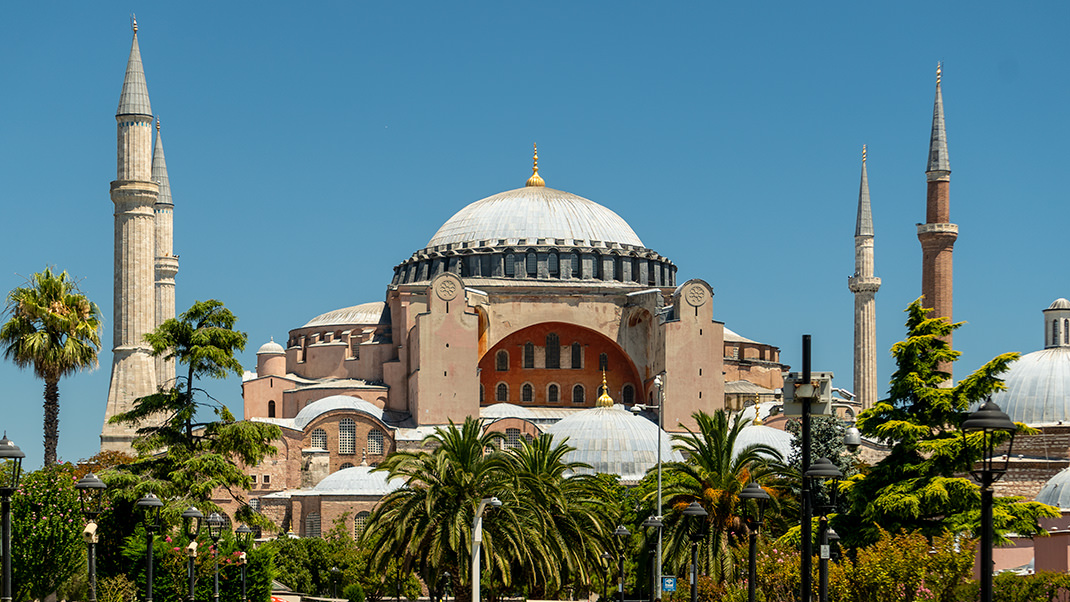
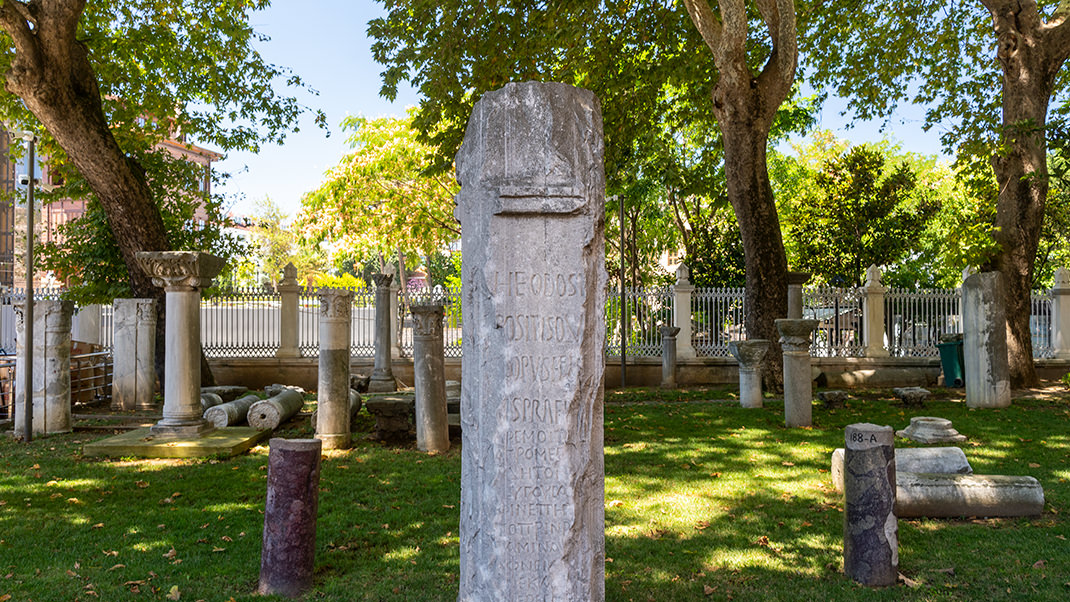
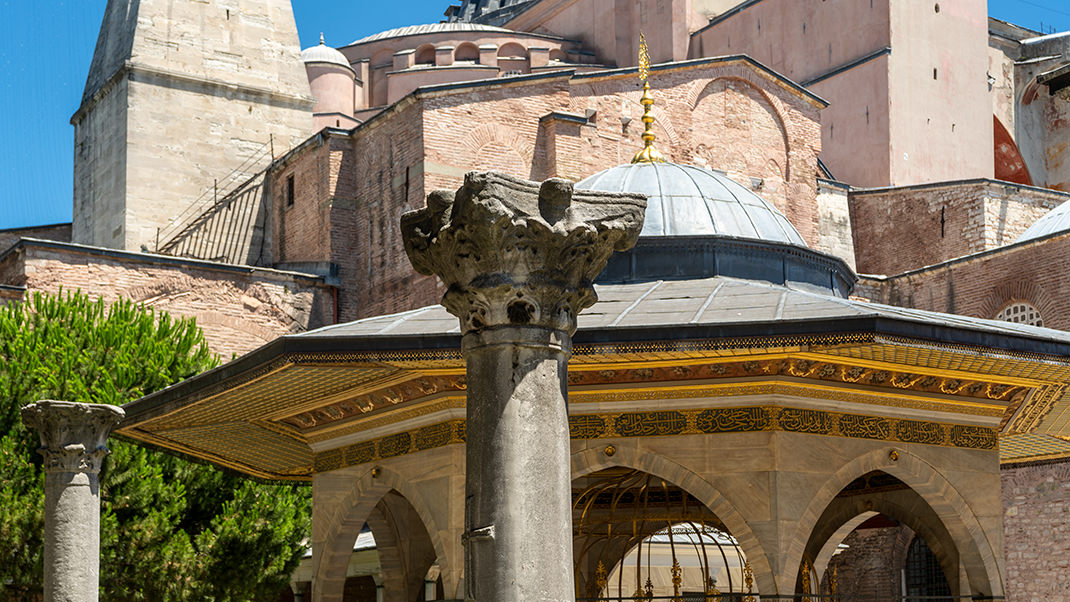
History of the place
The construction of the Hagia Sophia was carried out from 532 to 537. Until that time, on the territory where the temple now stands, there were two churches of the 4th and 5th centuries. Both buildings were destroyed in the fire. Interesting fact: fragments of the last of them (it was called the Theodosius Basilica) can also be found in the modern church.
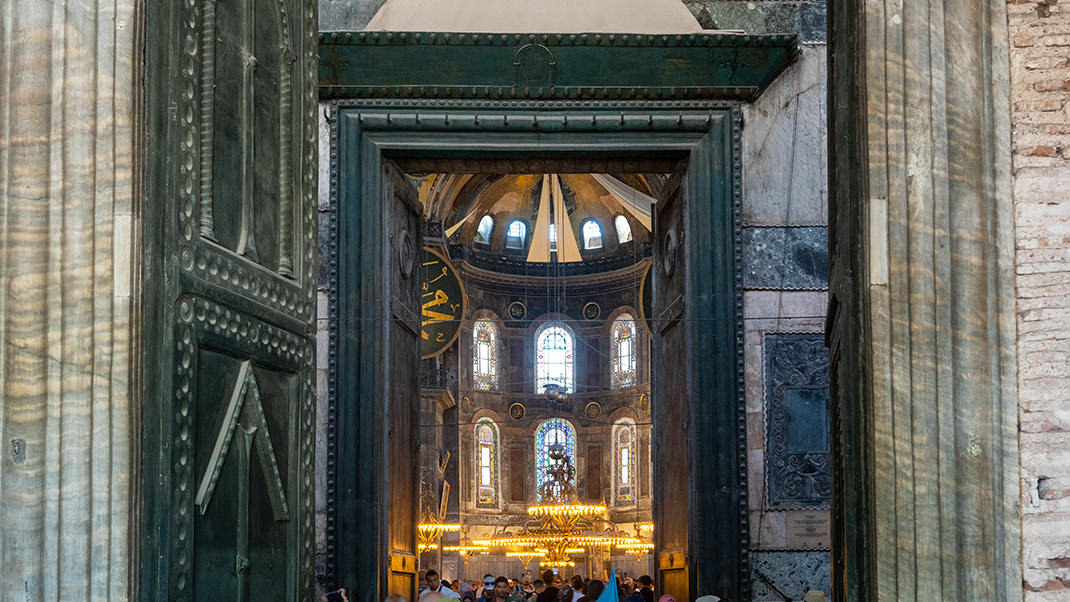
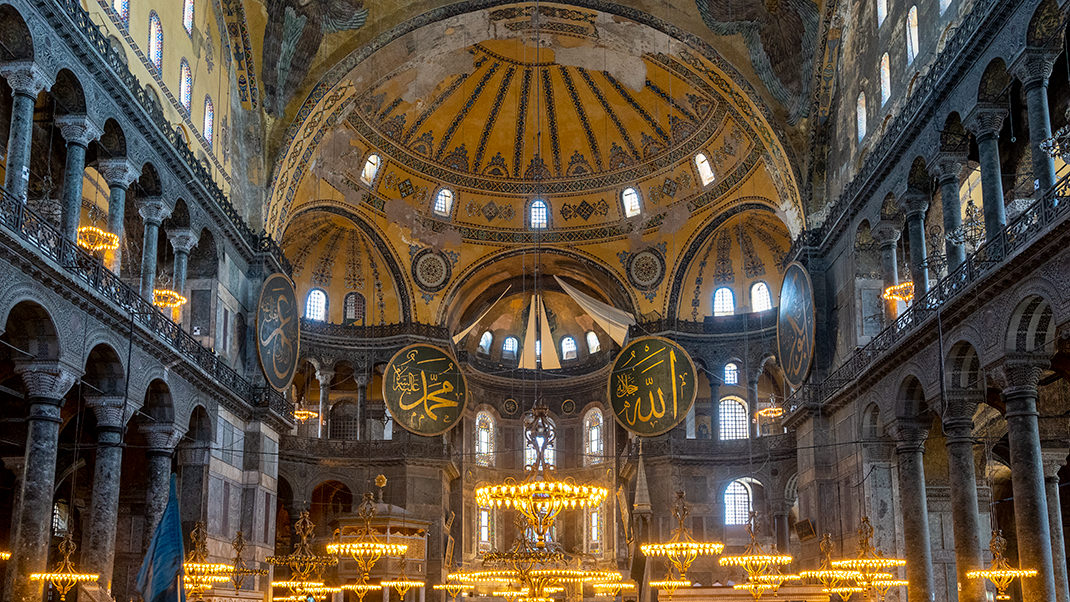
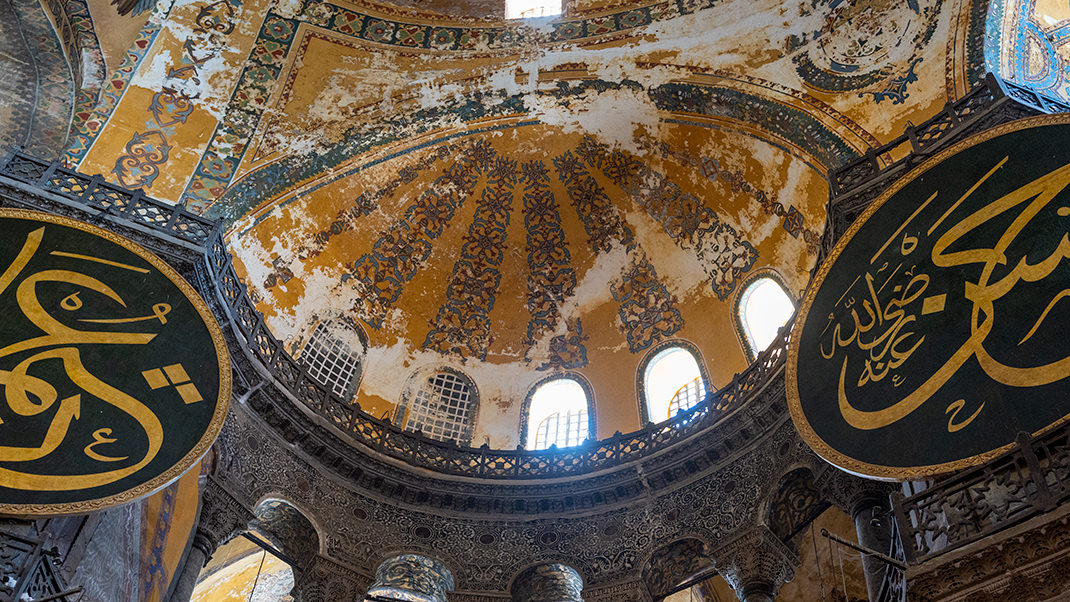
For many centuries the Hagia Sophia was the largest religious building in the world. Byzantine emperors have been crowned here since 7th century. According to legend, the beauty of the worship and the magnificent architecture of the building prompted Prince Vladimir the Great to accept Christianity in Rus.
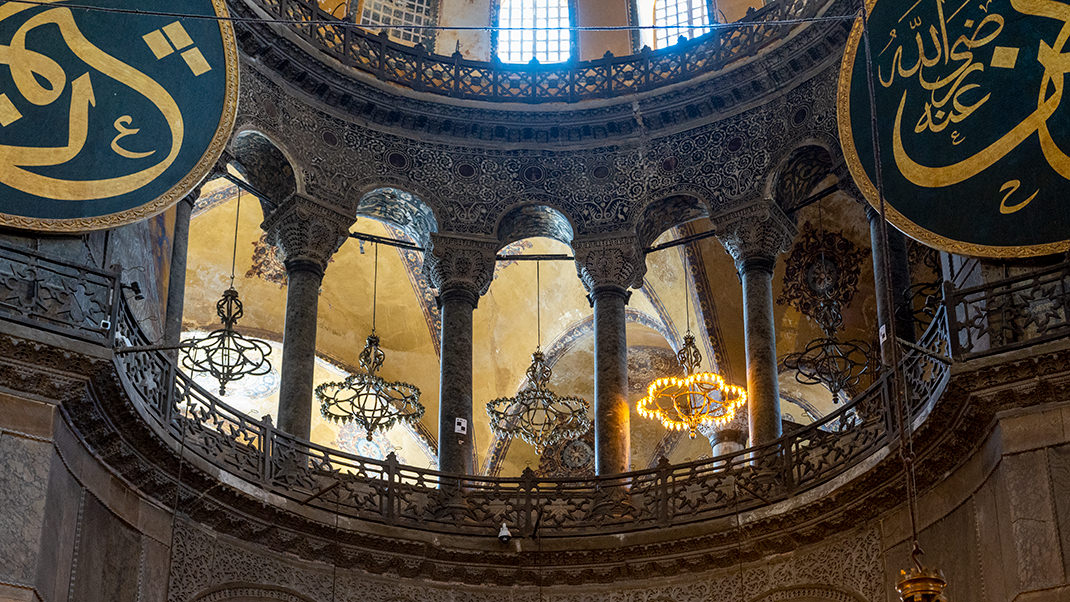
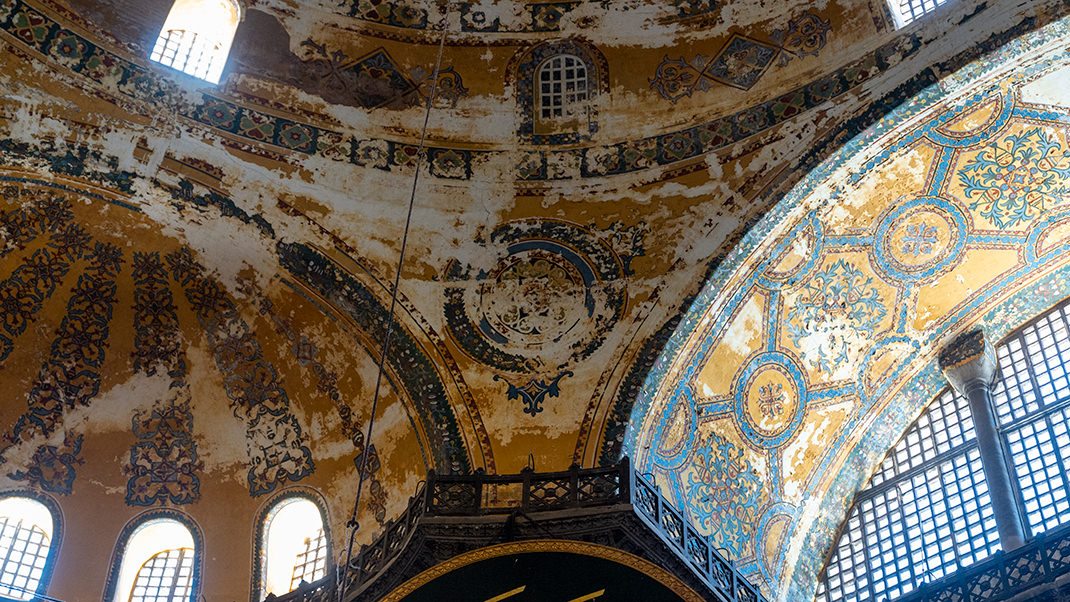
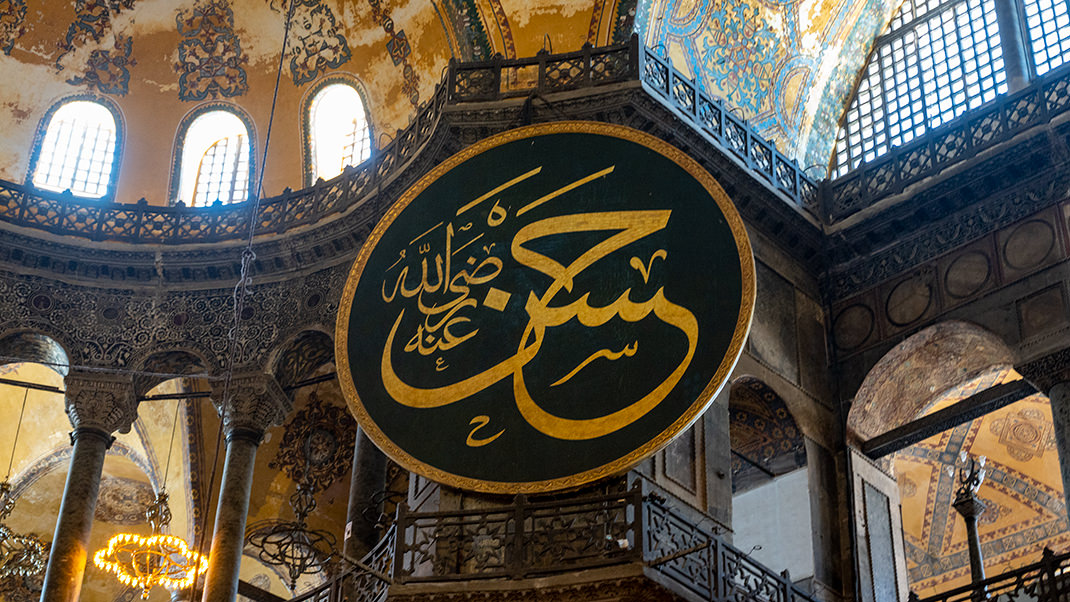
The cathedral was Orthodox until the conquest of Istanbul in 1453. Since that time, the unique building has become a mosque. The murals and mosaics of the building were hidden under plaster, four minarets were attached to the outside of the cathedral. Some of the decor elements have been cleared today and Sophia visitors can see both Islamic and Christian images in the same interior.
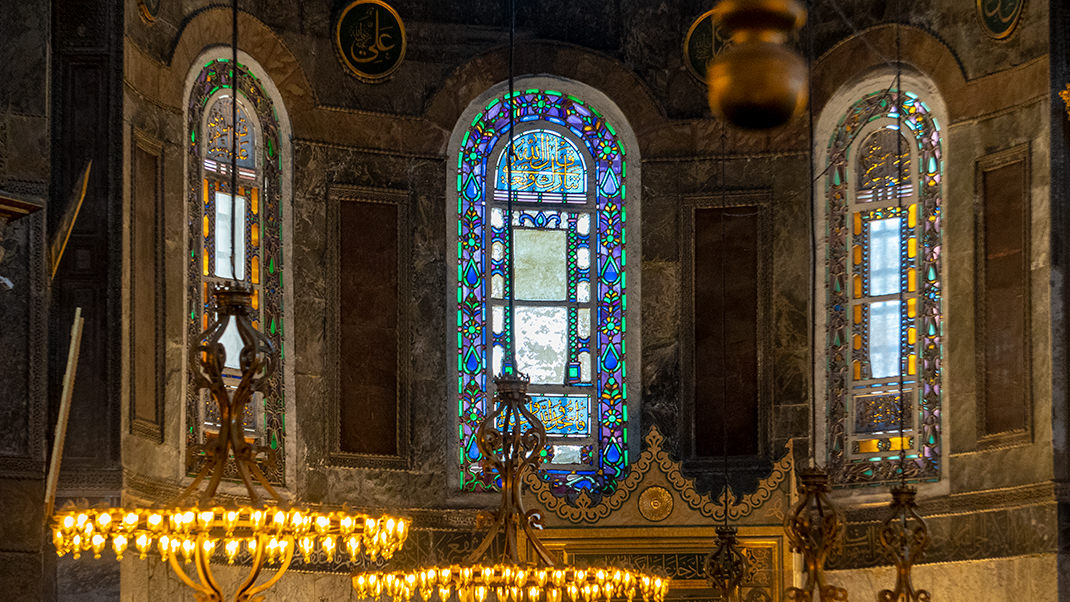
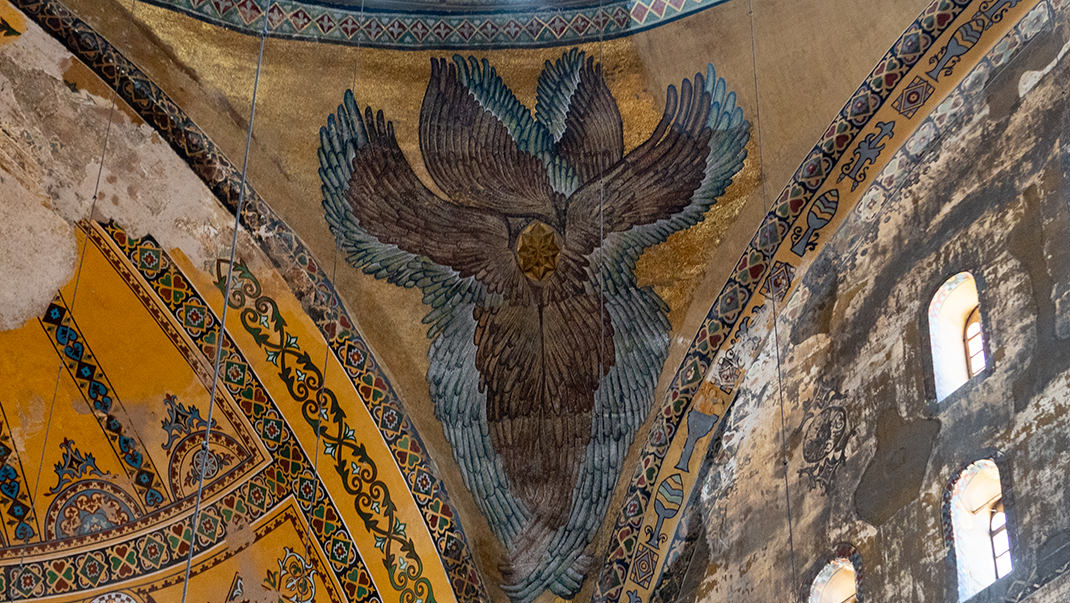
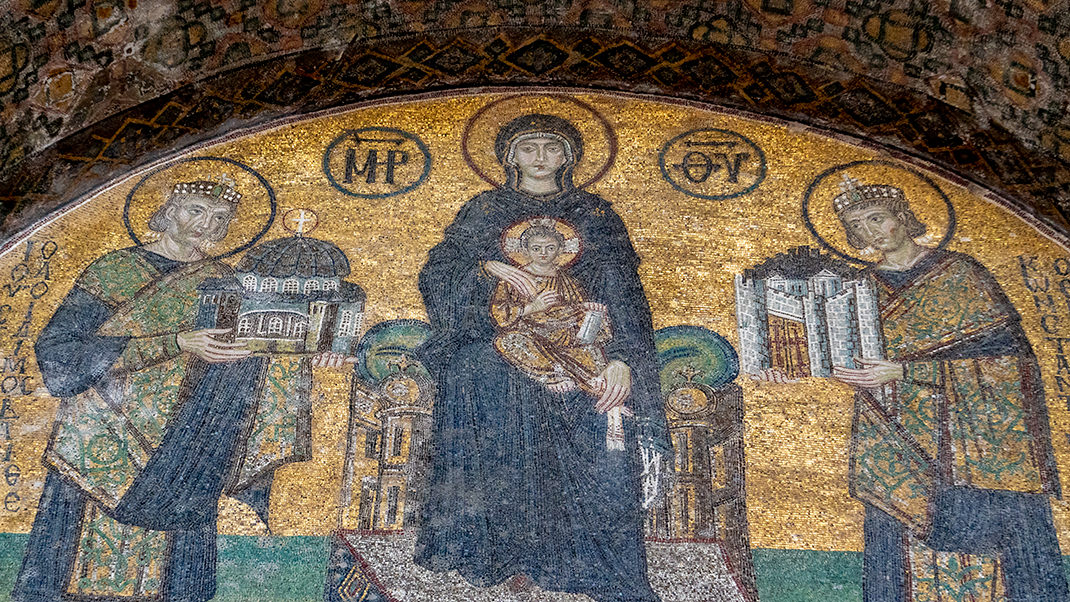
From 1935 to 2020 the Hagia Sophia was a museum. After that, services began to be held here again. It`s the definite advantage for all tourists because the entrance to the building has become free (in 2020, a ticket here cost 100 Turkish liras). Today, as before, guests of the Hagia Sophia can visit its main hall and small area near the building. On my last trip in 2018, tourists could go up at the second floor of the mosque, this time there was no such opportunity.
Blue Mosque
Near the Hagia Sophia situated one another architecture masterpiece — Sultanahmet Mosque, also known as the Blue Mosque. The building got its second name because of the cobalt tiles in the interior design. In total, the builders used 21 thousand tiles.
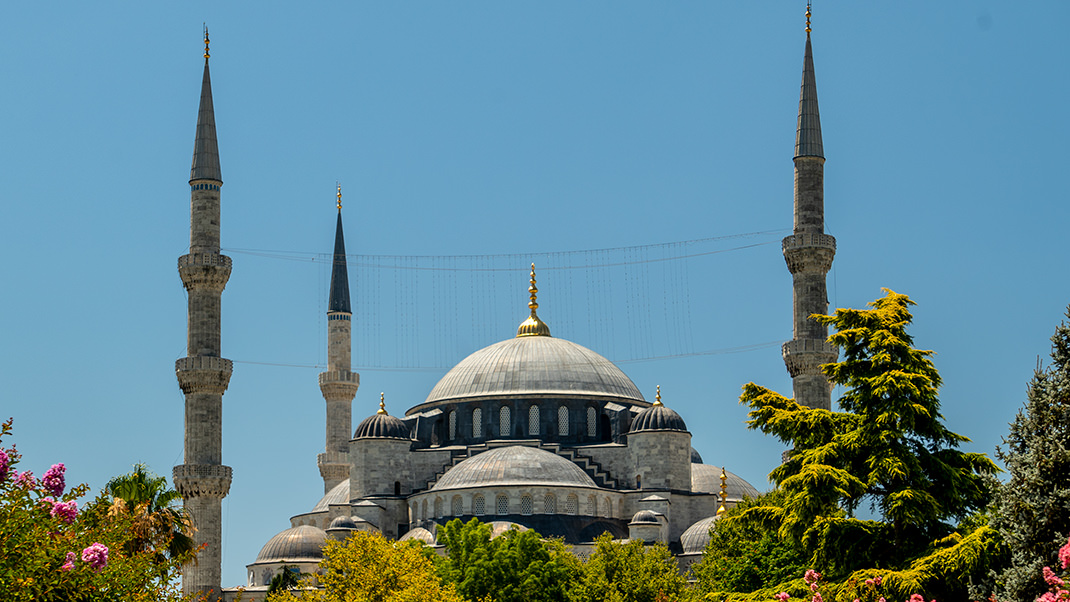
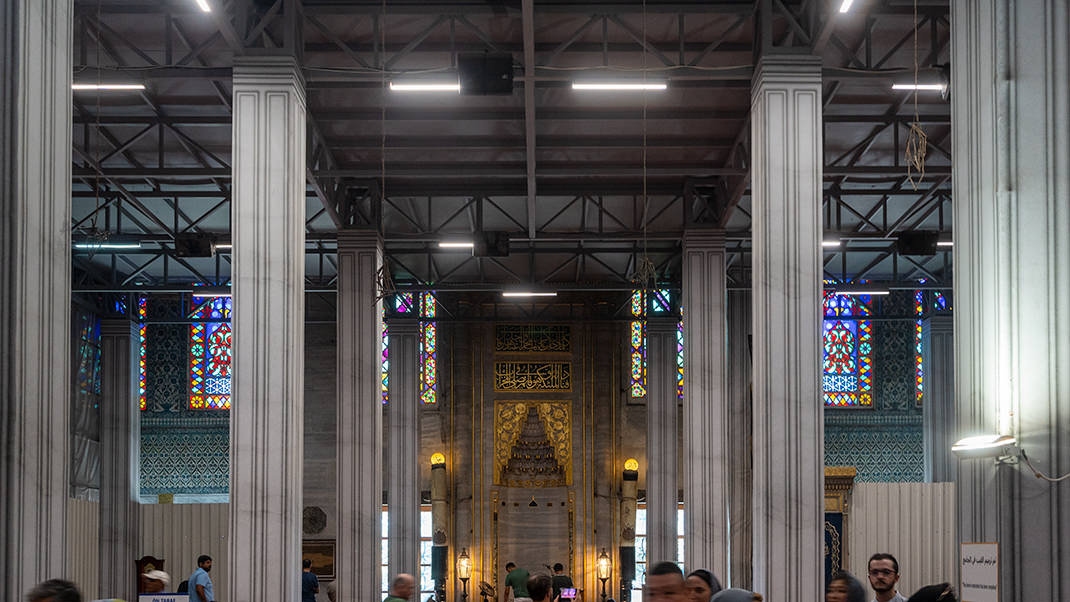
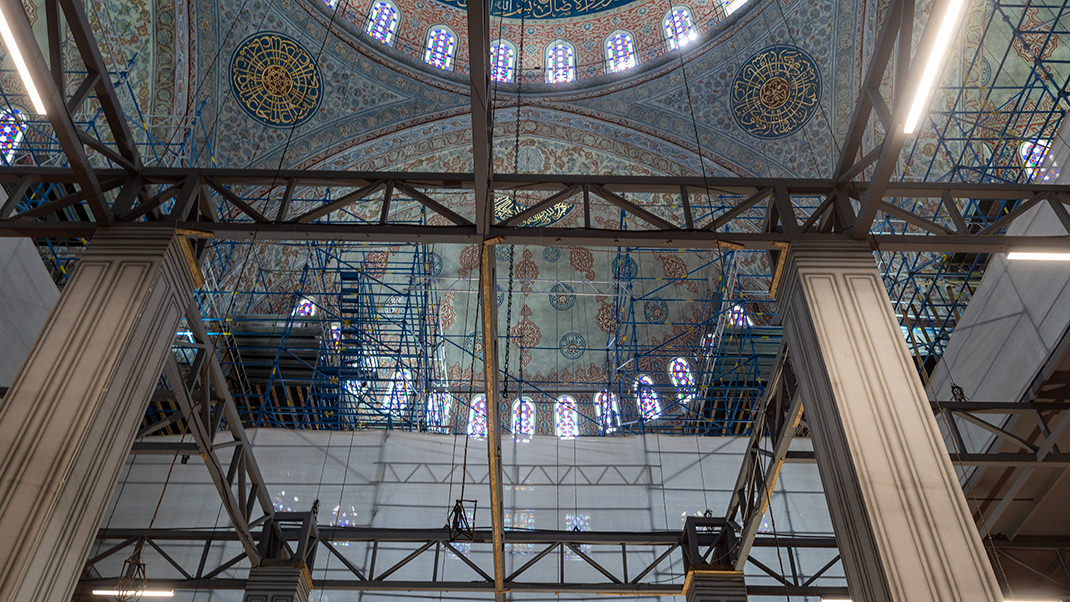
On my last visit, the building was closed for renovation. Now I managed to look at its interiors. Despite the fact that many details are still hidden behind scaffolding, I decided to show you some photos of this building.
The Mosque was built from 1609 to 1616. It became the first religious building of this kind with six minarets. In addition to the mosque building, the complex includes a garden and a courtyard with a fountain.

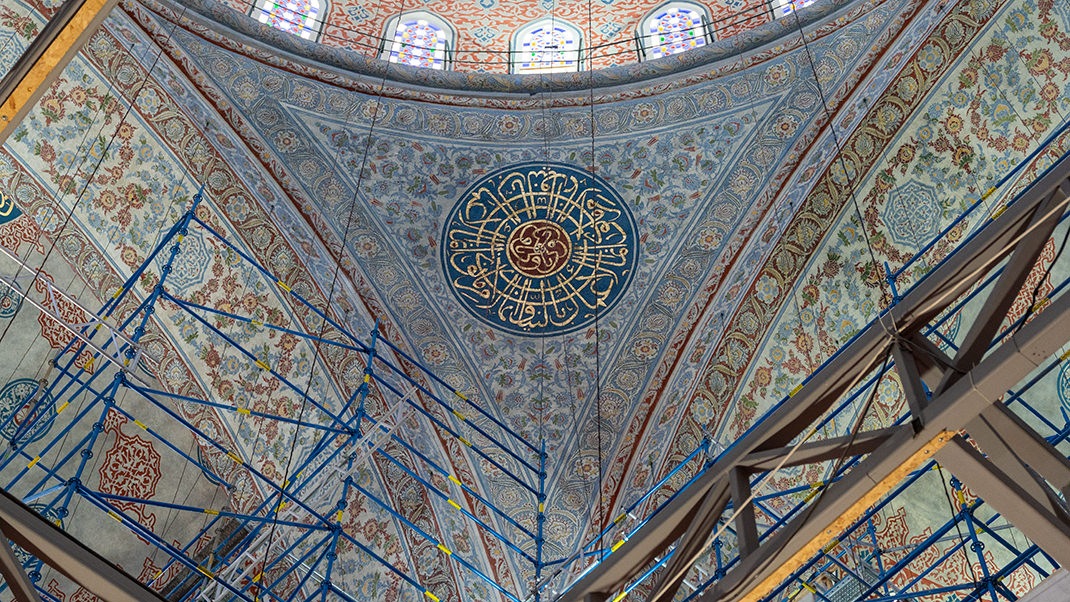
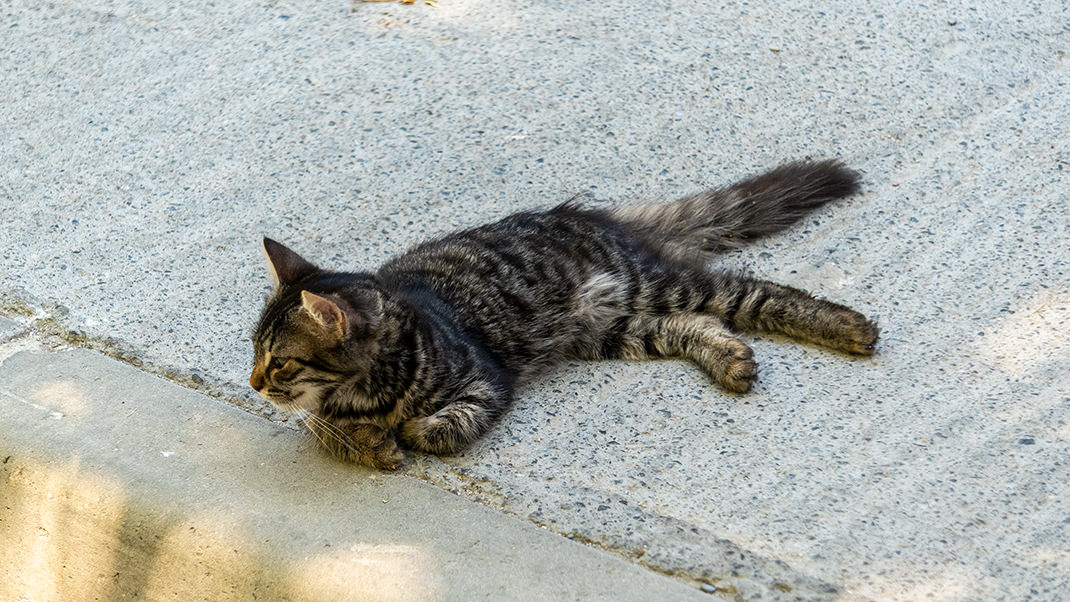
Both the Hagia Sophia and the Sultanahmet Mosque are among the most recognizable buildings of ancient Istanbul today. But there are many other amazing sights in this beautiful city. I invite you to get acquainted with some of them in my article "Eight things to do in Istanbul".
Have a nice trip!


